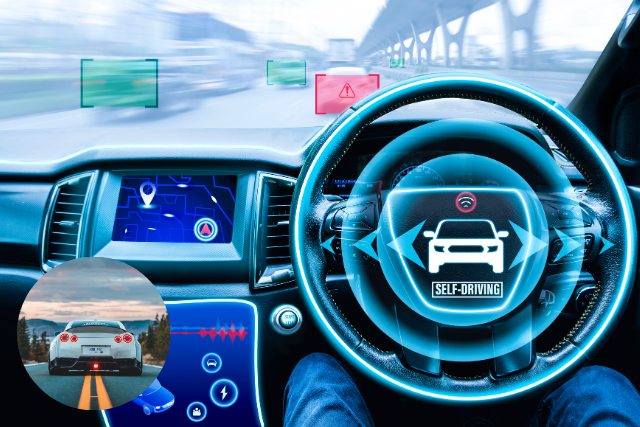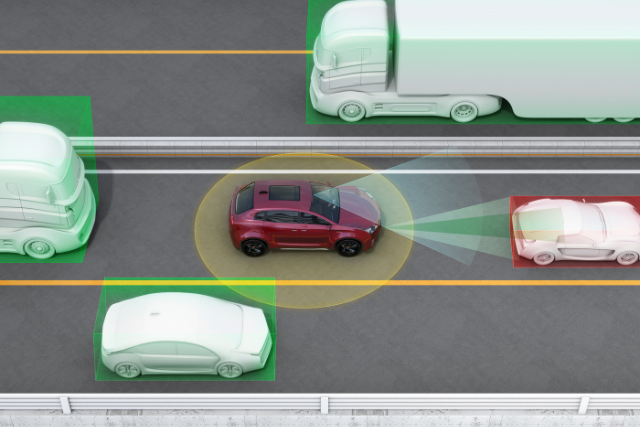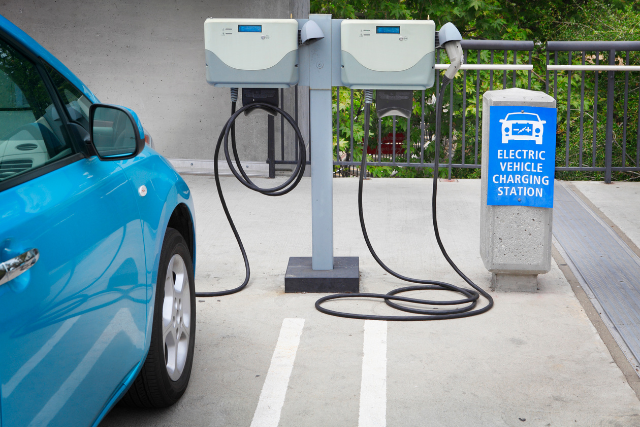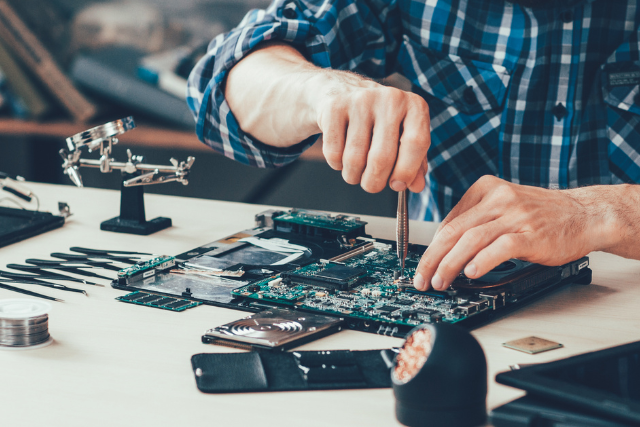Sensor technologies have become the cornerstone of modern automotive systems, providing the necessary perception capabilities for advanced driver assistance systems (ADAS) and autonomous vehicles.
This article discusses the various types of sensors utilized in the automotive sector, highlighting their specific functions, real-world applications, and potential future developments.
Join us as we explore how these sensors reshape how vehicles perceive and interact with their surroundings.
Table of Contents
Understanding Perception in Automobiles
Perception in automobiles refers to the vehicle’s ability to sense and interpret its surroundings. This capability enables advanced driver assistance systems (ADAS) and autonomous driving.
Sensors collect data from the environment, which is then processed to make informed decisions about vehicle control.
Importance of Perception in Modern Vehicles
Perception is critical for several reasons:
- Safety: Enhances vehicle safety by detecting and responding to potential hazards.
- Navigation: Helps in accurate navigation and manoeuvring, especially in complex environments.
- Autonomy: Enables autonomous vehicles to operate without human intervention.
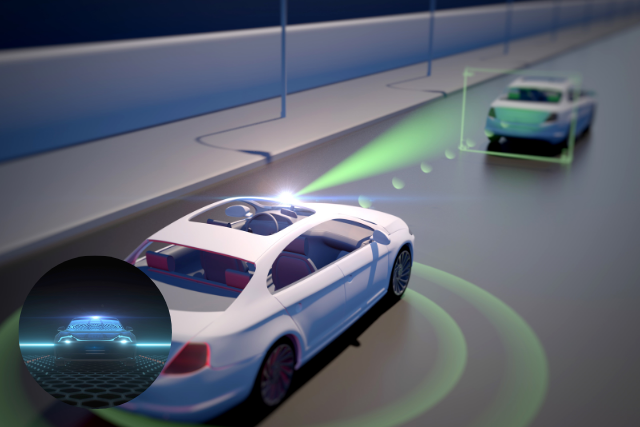
Types of Sensors for Perception in Automobiles
Modern vehicles utilize a variety of sensors to achieve accurate perception. Each sensor type has its unique strengths and is often used in combination with others to provide comprehensive environmental awareness.
Camera Sensors
Camera sensors capture visual information about the vehicle’s surroundings. They are essential for lane detection, traffic sign recognition, and pedestrian detection.
Applications
- Lane Departure Warning: Detects lane markings and warns the driver if the vehicle is unintentionally drifting out of its lane.
- Traffic Sign Recognition: Identifies and interprets traffic signs to assist in following road regulations.
- Pedestrian Detection: Recognizes pedestrians to prevent collisions.
Radar Sensors
Radar sensors use radio waves to detect objects’ distance, speed, and direction. They are particularly effective in various weather conditions and are used for adaptive cruise control, collision avoidance, and blind-spot detection.
Applications
- Adaptive Cruise Control: Adjust speed by maintaining a safe distance from the vehicle ahead.
- Collision Avoidance: Detects potential collisions and initiates braking or steering manoeuvres.
- Blind-Spot Detection: Monitors the vehicle’s blind spots and alerts the driver of unseen vehicles.
Lidar Sensors
Lidar (Light Detection and Ranging) sensors use laser pulses to create high-resolution 3D maps of the vehicle’s environment. They provide precise distance measurements and are crucial for autonomous driving.
Applications
- 3D Mapping: Generates detailed 3D maps for accurate navigation and obstacle detection.
- Autonomous Driving: Enables autonomous vehicles to perceive and navigate complex environments.
- Obstacle Detection: Identifies obstacles with high precision for collision avoidance.
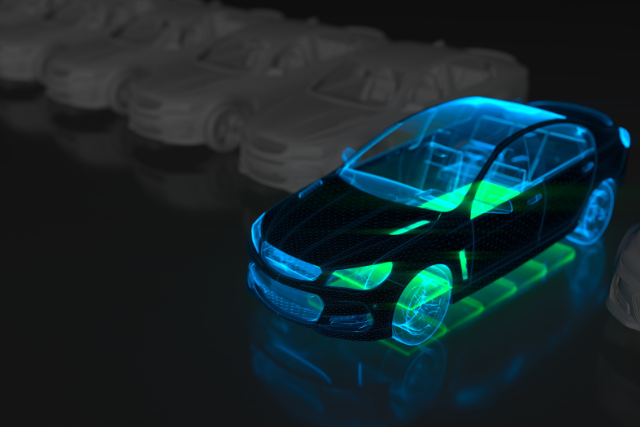
Ultrasonic Sensors
Ultrasonic sensors use sound waves to detect objects near the vehicle. They are commonly used for parking assistance and low-speed manoeuvring.
Applications
- Parking Assistance: Assists drivers in parking by detecting nearby objects.
- Automatic Braking: Initiates braking if an obstacle is detected at close range.
- Manoeuvring Assistance: Helps in low-speed manoeuvres in tight spaces.
Infrared Sensors
Infrared sensors detect heat signatures from objects and are used for night vision and pedestrian detection. They provide an additional layer of safety in low-light conditions.
Applications
- Night Vision: Enhances visibility during nighttime driving.
- Pedestrian Detection: Detects pedestrians based on their heat signatures.
- Animal Detection: Identifies animals on the road, especially in rural areas.
| Sensor Type | Primary Function | Key Applications |
|---|---|---|
| Camera Sensors | Visual information capture | Lane departure warning, traffic sign recognition, pedestrian detection |
| Radar Sensors | Distance, speed, direction detection | Adaptive cruise control, collision avoidance, blind-spot detection |
| Lidar Sensors | 3D mapping and distance measurement | Autonomous driving, 3D mapping, obstacle detection |
| Ultrasonic Sensors | Proximity detection | Parking assistance, automatic braking, maneuvering assistance |
| Infrared Sensors | Heat signature detection | Night vision, pedestrian detection, animal detection |
Benefits of Sensor Technologies for Perception
Integrating these sensor technologies offers numerous benefits for modern vehicles, enhancing safety, performance, and convenience.
Enhanced Safety
Sensors play a vital role in improving vehicle safety by providing real-time data that helps prevent accidents. They detect potential hazards and enable systems like collision avoidance and emergency braking.
Improved Navigation
Accurate perception through sensors allows for better navigation, especially in complex and dynamic environments. This is crucial for both ADAS and autonomous vehicles.
Autonomous Driving
Sensor technologies are foundational for autonomous driving, enabling vehicles to perceive and interpret their surroundings without human intervention.
Real-Time Decision Making
Sensors provide real-time data that allows for immediate decision-making. This responsiveness is essential for safety-critical applications like collision avoidance and adaptive cruise control.
Increased Convenience
Sensors add convenience features to vehicles, such as automatic parking, lane-keeping assistance, and traffic sign recognition, making driving more accessible and less stressful.
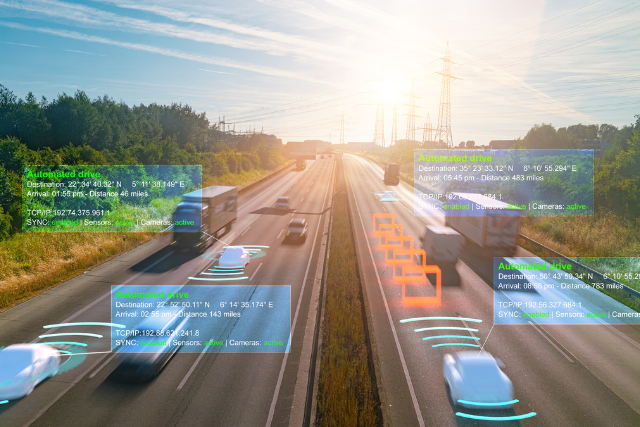
Real-World Applications of Perception Sensors
Sensor technologies are applied in various real-world scenarios, enhancing the functionality and safety of modern vehicles.
Advanced Driver Assistance Systems (ADAS)
ADAS utilises sensors to provide features like adaptive cruise control, lane-keeping assistance, and automated parking. These systems enhance driver safety and convenience by assisting with driving tasks.
Autonomous Vehicles
Autonomous vehicles rely heavily on perception sensors to navigate and make decisions without human intervention. Lidar, radar, and camera sensors work together to understand the vehicle’s surroundings comprehensively.
Traffic Management
Sensors help monitor and manage traffic flow, reduce congestion, and enhance road safety. They are used in intelligent traffic lights, congestion detection, and vehicle-to-infrastructure communication.
In-Vehicle Monitoring
Sensors such as cameras and infrared sensors are used for in-vehicle monitoring, providing features like driver drowsiness detection and interior surveillance for enhanced security.
Safety Systems
Safety systems like airbags, seatbelt pre-tensioners, and electronic stability control rely on sensors to detect crashes and other hazardous conditions, activating protective measures to reduce injury.
| Application | Description | Key Sensors Involved |
|---|---|---|
| Advanced Driver Assistance Systems (ADAS) | Assist drivers with tasks like cruising and parking | Lidar, radar, camera, ultrasonic |
| Autonomous Vehicles | Enable self-driving capabilities | Lidar, radar, camera, ultrasonic |
| Traffic Management | Monitor and manage traffic flow | Camera sensors, radar sensors |
| In-Vehicle Monitoring | Monitor driver and interior conditions | Cameras, infrared sensors |
| Safety Systems | Activate protective measures in hazardous conditions | Accelerometers, pressure sensors, gyroscopes |
Future Trends in Sensor Technologies for Perception
The future of automotive sensor technologies is promising, with ongoing advancements and innovations set to transform the industry further.
Integration with Artificial Intelligence
Combining sensor technologies with artificial intelligence (AI) can enhance the capabilities of modern vehicles. AI can process and analyze sensor data more effectively, enabling more sophisticated driver assistance and autonomous driving features.
Improved Sensor Accuracy and Reliability
Advancements in sensor technology will lead to more accurate and reliable sensors. This will enhance the performance of systems such as collision avoidance and lane-keeping assistance, making them more effective and trustworthy.
Increased Use of Lidar
Lidar technology is expected to become more prevalent in modern vehicles, especially in autonomous driving systems. Its ability to create detailed 3D maps makes it ideal for navigation and obstacle detection.
Development of Multi-Function Sensors
Multi-function sensors that combine multiple sensing capabilities into a single unit will become more common. This will reduce the number of individual sensors needed, simplifying vehicle design and reducing costs.
Enhanced Connectivity
Sensors with enhanced connectivity features will enable better communication between vehicles and infrastructure (V2X communication). This will improve traffic management, reduce congestion, and improve road safety.
| Trend | Description |
|---|---|
| Integration with Artificial Intelligence | Enhances sensor data processing and analysis capabilities |
| Improved Sensor Accuracy and Reliability | Leads to more effective and trustworthy safety systems |
| Increased Use of Lidar | Enhances autonomous driving and obstacle detection |
| Development of Multi-Function Sensors | Reduces the number of individual sensors needed |
| Enhanced Connectivity | Improves communication between vehicles and infrastructure |

FAQs
What are sensor technologies for perception in automobiles?
Sensor technologies for automobile perception refer to various devices that detect and interpret the vehicle’s surroundings. These sensors collect data and provide information to enhance safety, navigation, and autonomous driving capabilities.
How do sensors improve vehicle safety?
Sensors improve vehicle safety by monitoring the environment and detecting potential hazards. They enable systems like collision avoidance, adaptive cruise control, and lane-keeping assistance to function effectively, preventing accidents and enhancing driver safety.
What are some common types of sensors used for perception in modern vehicles?
Common types of sensors used for perception in modern vehicles include cameras, radar, lidar, ultrasonic, and infrared sensors. Each type has unique strengths and applications.
How do sensors contribute to autonomous driving?
Sensors contribute to autonomous driving by providing the necessary data for the vehicle to perceive and navigate its surroundings without human intervention. They enable obstacle detection, 3D mapping, and real-time decision-making.
What are the challenges associated with sensor technologies in automobiles?
Challenges associated with automobile sensor technologies include high costs, integration complexity, the potential for interference, and the need for constant advancements to keep up with evolving safety standards and autonomous driving requirements.
Conclusion
As we look towards the future, integrating advanced sensor technologies in automobiles continues to push the boundaries of vehicle perception and autonomy.
These sensors not only improve safety and convenience but also pave the way for fully autonomous driving.
Staying informed about these technological advancements will be key for anyone involved in the automotive industry, ensuring they remain at the forefront of innovation.

